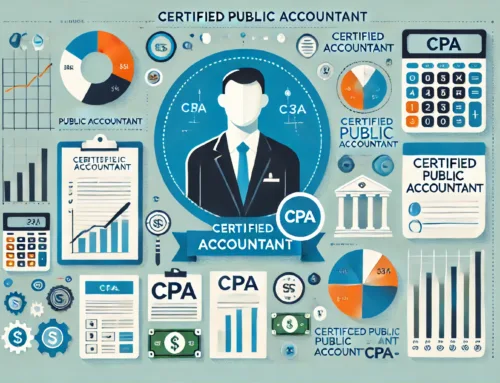Estimated quarterly payments – Embarking on the intricate journey of managing your taxes can often feel like navigating uncharted waters. As a responsible taxpayer, you are likely familiar with the significance of estimated quarterly payments—a crucial aspect of staying compliant with tax regulations. Our innovative product, aptly named “Estimated Quarterly Payments Due Today,” is designed to revolutionize and streamline this process, ensuring that you stay ahead of the curve in managing your financial responsibilities.
In this comprehensive blog, we delve into the intricacies of estimated quarterly payments and unveil the indispensable features of our product. We understand the challenges you face in meeting tax obligations, and our solution is crafted to empower you with the tools needed to navigate this often complex terrain.
Discover the convenience of real-time reminders that ensure you never miss a payment deadline again. Our product comes equipped with user-friendly interfaces and intuitive features, making it a breeze to input and track your financial data. We believe that managing your estimated quarterly payments should be a seamless part of your financial routine, not a source of stress.
Moreover, our blog explores the broader landscape of taxation, shedding light on the importance of estimated payments in maintaining fiscal responsibility. We provide insights into best practices for budgeting, financial planning, and maximizing deductions, offering you a holistic approach to managing your financial health.
Join us on a journey towards financial empowerment as we unravel the mysteries of estimated quarterly payments and equip you with the knowledge and tools to master your tax obligations. Whether you’re a seasoned entrepreneur, a freelancer, or a small business owner, our product and accompanying blog are tailored to meet your unique needs, transforming tax compliance into a manageable and efficient process.
Forms:
Form 1040-ES, Estimated Tax for Individuals (Payment Voucher 2)







